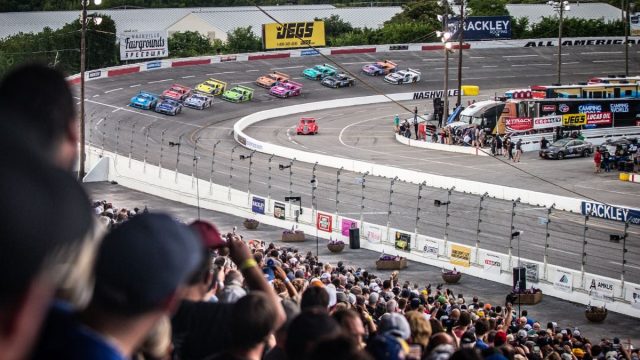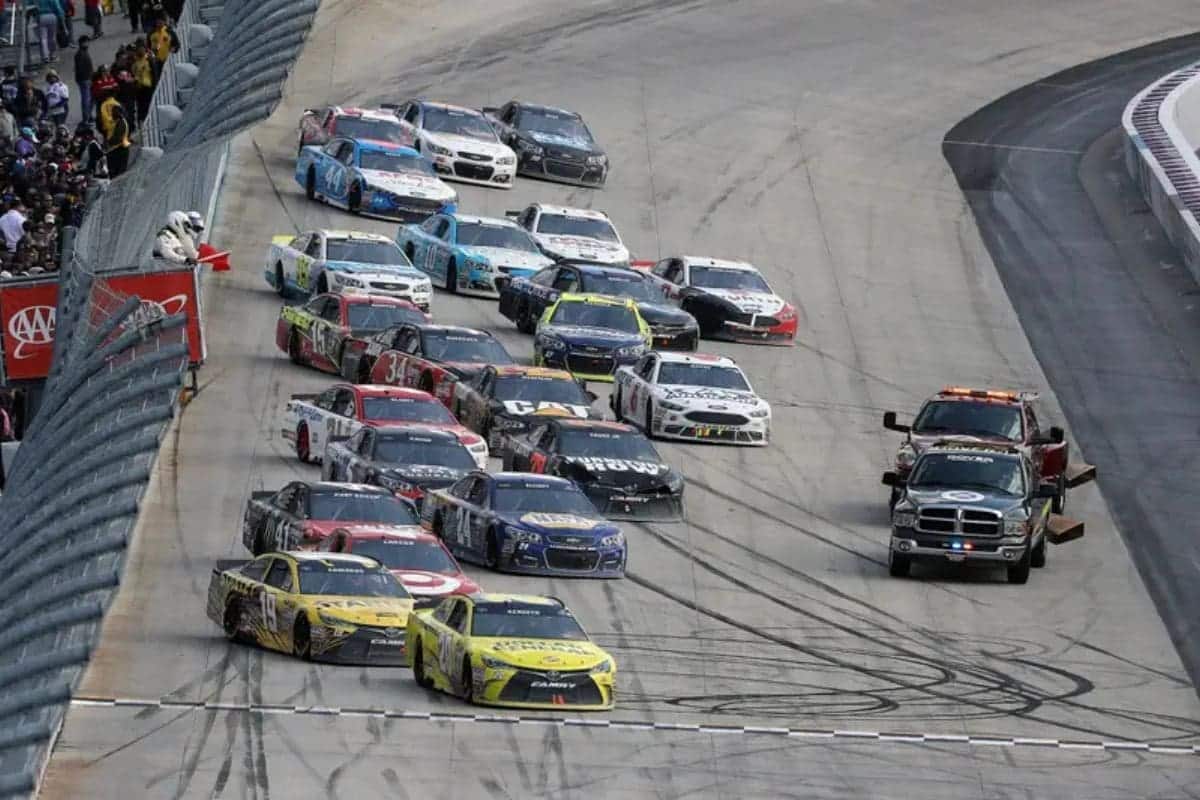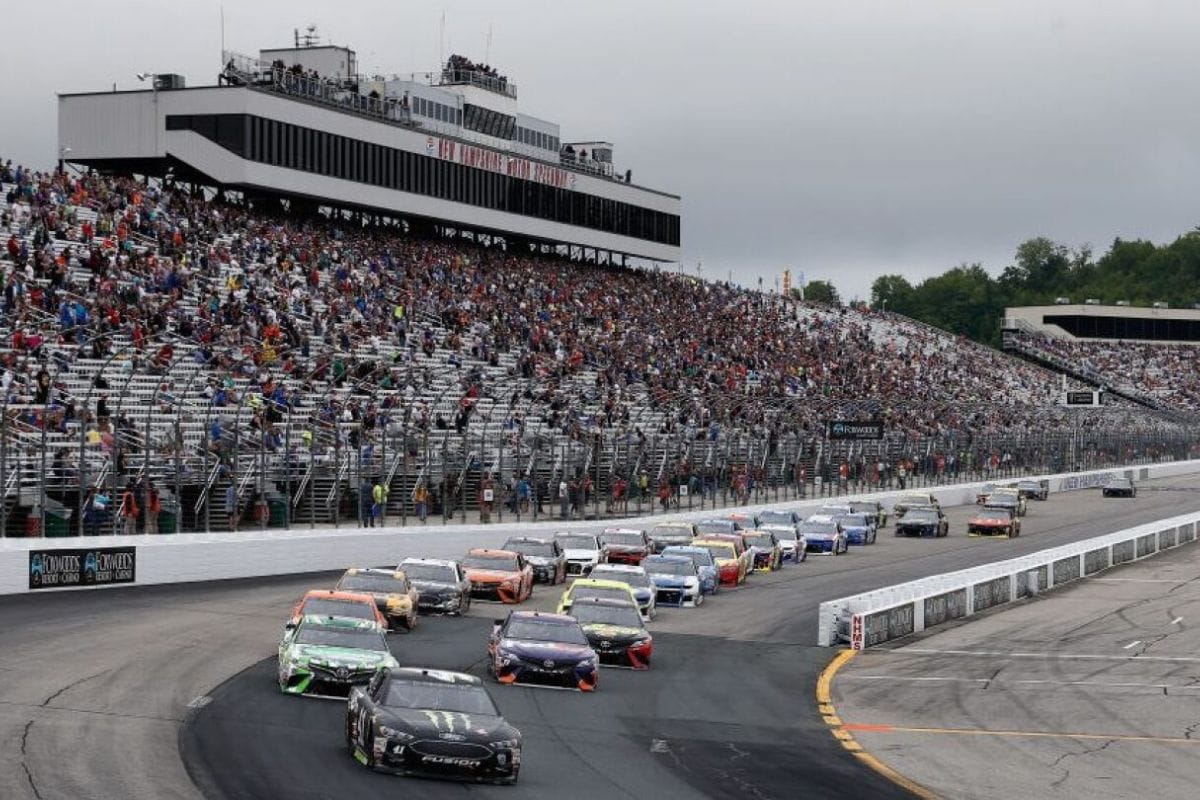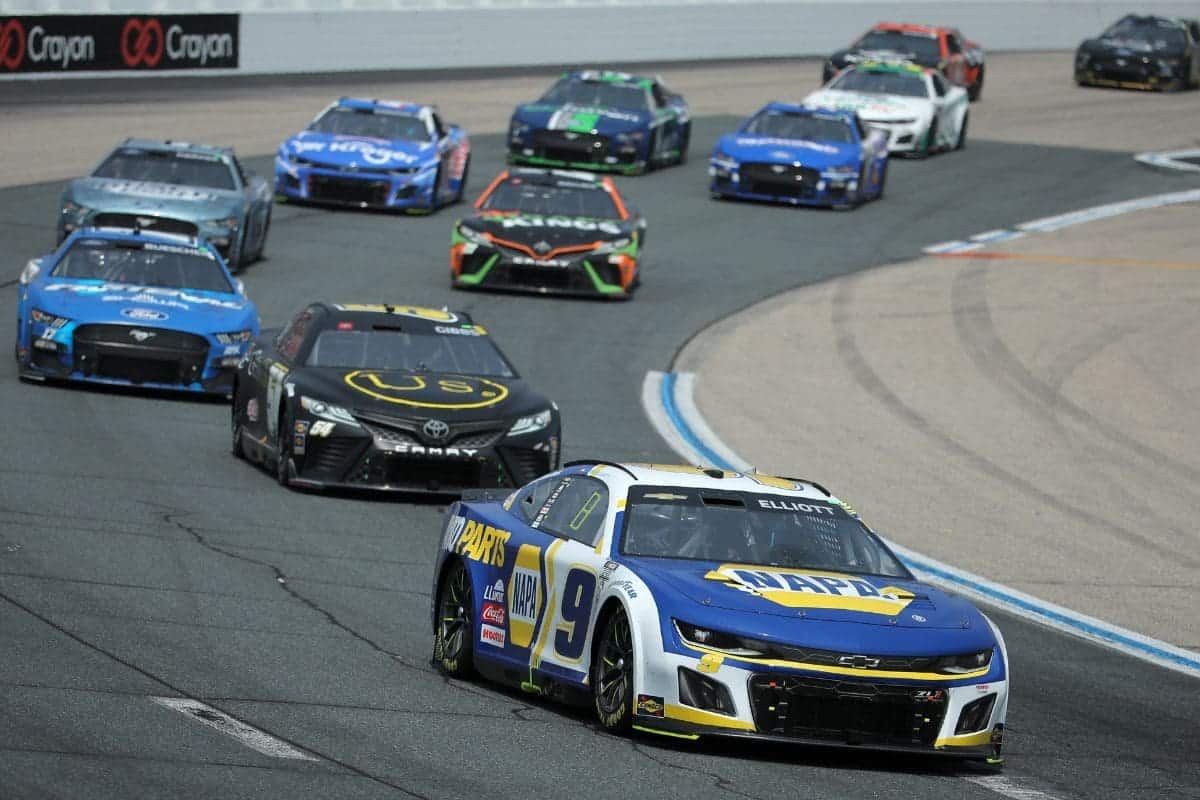Political Roadblocks for Nashville Fairgrounds Speedway: Efforts to revive Nashville Fairgrounds Speedway, an iconic motorsports venue, face significant political obstacles. Established in 1904, this historic track has hosted legendary drivers and diverse racing events. However, its improvement is obstructed by bureaucratic challenges, including the need for approval from multiple city authorities. Mayor John Cooper’s attempts to push forward improvements have been hindered, and with new mayoral priorities, the focus has shifted away from the speedway. Negotiations with Speedway Motorsports and local government continue to be fraught with delays, leaving NASCAR fans uncertain about the track’s future.
Key Highlights
- Revival efforts hampered by political obstacles and bureaucratic requirements.
- City council emerged as a significant barrier to facility upgrades.
- Mayor John Cooper’s attempts to push the revival forward were unsuccessful.
- Approval required from multiple bodies, including Metro Council and Board of Fair Commissioners.
- Shift in mayoral focus to East Bank project impacted speedway revival aspirations.
Nashville Fairgrounds Speedway: A Historic Legacy
Nestled within the storied landscape of American motorsport history, Nashville Fairgrounds Speedway stands as a tribute to the golden era of short track racing, where legendary figures like Dale Earnhardt, Bill Elliott, and Michael Waltrip once fiercely competed. This iconic venue, particularly prominent in the 1980s, was a trials of talent and competition in the Late Model Stock Car division. The speedway was not simply a racing track; it was a proving ground where drivers honed their skills, built their reputations, and carved their names into the annals of racing lore.
During its prime day, the Nashville Fairgrounds Speedway was a vibrant hub of activity, attracting not just drivers but also throngs of devoted fans who reveled in the high-octane atmosphere. The track’s configuration, with its tight turns and challenging layout, demanded a blend of skill, precision, and audacity from those who dared to compete. It was a place where the raw power of stock cars met the strategic wisdom of seasoned racers, creating a spectacle that resonated deeply with the motorsport community.
However, the passage of time has not been kind to this once-thriving epicenter of racing. In the years since its peak, the track has struggled to maintain its relevance and infrastructure in the face of shifting economic realities and evolving entertainment preferences. The echoes of roaring engines and cheering crowds have faded, leaving behind a legacy that now faces significant political and logistical hurdles to revival.
Origins and Historical Significance
The Nashville Fairgrounds Speedway, originally established in 1904, holds a significant place in the annals of American motorsport history, serving as one of the country’s oldest and most venerable racing venues. Its inception marked the beginning of a storied legacy that would see it become a cornerstone of the racing community in Nashville and beyond. This short track, measuring 0.596 miles, has been a proving ground for numerous iconic drivers and a stage for countless memorable races over the decades.
In the early 20th century, the speedway quickly gained prominence, attracting local and national talent. Its strategic location within the Nashville Fairgrounds made it a central hub for motorsport enthusiasts. The track’s reputation was strengthen by its challenging layout and the intense competition it fostered, making it a favorite among drivers and fans both.
Throughout its history, the speedway has undergone several renovations and modifications, adapting to the evolving standards of motorsport safety and performance. Despite these changes, it has retained its original charm and character, which has endeared it to generations of racing enthusiasts. Significantly, the track has hosted different types of races, from stock cars to open-wheel events, further cementing its versatility and significance in the racing world.
However, the advent of newer, larger venues like the Nashville Superspeedway has overshadowed this historic gem. The Fairgrounds Speedway now faces the dual challenges of physical deterioration and political hurdles that complicate efforts to restore it to its former glory. Nonetheless, its rich history and enduring legacy continue to resonate with those who appreciate the deep roots of American motorsport.
Fairgrounds Speedway: What Made it Special?
Renowned for its unique combination of historical significance and challenging layout, the Fairgrounds Speedway distinguished itself as an essential venue in the evolution of American motorsport. Initially a dirt oval, the track’s origins date back to its debut hosting horseless carriage and motorcycle races. This early phase set the stage for the Fairgrounds to become a magnet for competitive racing, attracting Indy 500 racers from 1915 onward who sought to test their mettle on its demanding surface.
The transformation of the Fairgrounds Speedway into a paved track in 1958 marked a significant milestone in its storied history. The local racing community, driven by a vision to enhance the track’s status, secured a 10-year lease from the state fair board. This significant moment led to the construction of a ½-mile track that ingeniously shared a front stretch with a smaller ¼-mile track, offering a versatile and complex racing environment.
What made Fairgrounds Speedway particularly special was its dual-track configuration, which provided a distinctive challenge for drivers and a unique spectacle for fans. The larger ½-mile track demanded precision and speed, while the smaller ¼-mile track tested drivers’ agility and control. This layout fostered a diverse range of racing events, catering to both seasoned professionals and emerging talents.
Moreover, the Speedway’s rich history of hosting a variety of racing disciplines—from early automobile competitions to stock car racing—cemented its reputation as a cornerstone of motorsport culture. Through decades of evolution, the Fairgrounds Speedway maintained its allure by blending tradition with innovation, offering a racing experience that was both historic and contemporary.
NASCAR’s Influence and Decline
NASCAR’s inaugural event at Fairgrounds Speedway in 1959 marked the start of a significant era, as the track quickly became a sought-after destination for high-profile racing events. However, despite its early promise, the number of NASCAR events at the Nashville Fairgrounds Speedway remained limited. The initial enthusiasm faced challenges from disputes between the governing council and city government over track management. These conflicts hindered the consistent scheduling of NASCAR races, affecting the track’s prominence on the national racing circuit.
During the late 1970s, the Fairgrounds Speedway experienced a renaissance of sorts, capturing the attention of motorsport fans with the rise of Late Model Stock racing. This period saw legendary NASCAR drivers such as Bobby Allison, Darrell Waltrip, Dale Earnhardt, and Sterling Marlin competing at the venue in 1978 and 1979. Their participation brought a surge in popularity and attendance, solidifying the track’s reputation as a breeding ground for NASCAR talent and excitement.
However, the allure of the Fairgrounds Speedway began to wane with the introduction of a new Superspeedway venue. The major NASCAR events, drawn by the promise of modern facilities and expansive capacities, shifted away from the historic track. This shift marked the beginning of a decline in NASCAR’s presence at the Fairgrounds Speedway.
The decline was not just a matter of shifting venues but also reflected broader trends within NASCAR and the changing dynamics of motorsport audiences. The focus on larger, more commercially viable tracks left the Fairgrounds Speedway in a precarious position, struggling to maintain its former glory and relevance within the rapidly evolving racing landscape.
Challenges and Political Hurdles
Efforts to revive the Nashville Fairgrounds Speedway have been stymied by an intricate web of political obstacles and bureaucratic requirements. The main agreement reached in 2018 between then-track operator Tony Formosa Jr. and Speedway Motorsports to upgrade the facility seemed promising initially. However, the city council has emerged as a significant barrier to the realization of these plans.
Mayor John Cooper’s tenure saw efforts to push the revival forward, but these attempts were ultimately unfruitful. Cooper’s inability to deliver on his commitment to bring weekly NASCAR racing back to the historic track has been the subject of scrutiny. According to a report by Nicole William via the Tennessee Outlook, despite his efforts, Cooper has not admitted to his failure.
For the revival to proceed, approval is required from three key bodies: the Board of Fair Commissioners, the Metro Sports Authority, and the Metro Council. While the Fair Commissioners approved the plan in March 2021, the Metro Council’s stringent three-reading ordinance posed a significant challenge. With the 2023 municipal elections looming, there was insufficient time to navigate the cumbersome legislative process. An attempt by Council member Zach Young to expedite the deal through special meeting provisions also fell short, lacking the necessary quorum of 27 council members.
The situation has further complicated with the handover of mayoral office to Freddie O’Connell, who has different priorities, focusing on the East Bank project, which includes affordable housing, hotels, and a new Tennessee Performing Arts Center. This shift in focus deals a severe blow to the aspirations of NASCAR racing enthusiasts and the revival of the Nashville Fairgrounds Speedway.
News in Brief: Political Roadblocks for Nashville Fairgrounds Speedway
The Nashville Fairgrounds Speedway, a site of historical significance, faces considerable political challenges in its revival efforts. Despite its storied past and influence on NASCAR, the venue has encountered substantial obstacles that impede restoration. An intricate interplay of political, economic, and social factors underpins these difficulties.
The resolution of these issues will determine whether this iconic speedway can reclaim its former status, highlighting the complexities involved in preserving and revitalizing historically significant sites.
Our Reader’s Queries
Q. What is being built by Nashville Fairgrounds Speedway?
A. The speedway is a key component of a broader redevelopment initiative that encompasses an MLS Soccer Stadium, mixed-use retail and housing, parking garages, green spaces, parkland, and the Fairgrounds Expo Center. This comprehensive development plan is stimulating economic investment in the Wedgewood-Houston neighborhood.
Q. Who owns Nashville Speedway?
A. Nashville Superspeedway, the largest concrete-only track in NASCAR, is under the ownership of Speedway Motorsports.
Q. Has Nascar ever raced at Nashville Speedway?
A. Nashville Superspeedway, located in Lebanon, Tennessee, is a 1.330-mile (2.140 km) tri-oval intermediate speedway. Since its establishment in 2001, the track has hosted a range of racing series, including NASCAR and the IndyCar Series.
ALSO READ: NASCAR Team Withdraws From Iowa Speedway Race Over Sponsorship



